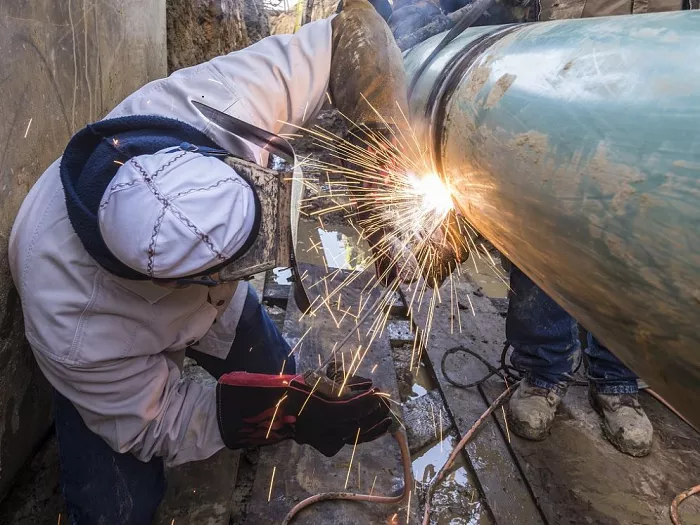Understanding MIG Flux Core Welding Wire Properties and Applications for Better Welding Results
The Role of MIG Flux Core Welding Wire in Modern Welding Practices
MIG (Metal Inert Gas) welding, also known as Gas Metal Arc Welding (GMAW), is a widely used welding technique in various industries, from automotive to construction. One of the critical components that can significantly enhance the efficiency and quality of MIG welding is flux core welding wire. This article will explore the characteristics, benefits, and applications of MIG flux core welding wire while shedding light on its importance in modern welding practices.
Understanding Flux Core Welding Wire
Flux core welding wire is designed with a hollow center filled with flux, a protective material that forms a gas shield during the welding process. This shielding gas protects the molten weld pool from contamination by surrounding air, ensuring a cleaner and stronger weld. Unlike traditional MIG welding, which relies on an external gas supply (like argon or CO2), flux core welding wire generates the necessary shielding gas internally. This versatility allows for welding in outdoor conditions and in various positions, making it a preferred choice in many applications.
Advantages of MIG Flux Core Welding Wire
One of the primary advantages of using MIG flux core welding wire is its ability to handle thicker materials. The wire's design allows for higher deposition rates, which means it can produce stronger welds more quickly than traditional MIG wires. This makes it ideal for projects requiring heavy-duty performance.
Another benefit is the reduced need for external gas, which simplifies the setup and usage of welding equipment. Welders can work in windy or outdoor environments without worrying about shielding gas being blown away, making flux core wire a valuable option for construction jobs and fieldwork.
mig flux core welding wire

Additionally, flux core welding wire is often more forgiving when it comes to base metal cleanliness and surface preparation. While traditional MIG welding requires a clean surface to achieve optimal results, flux core can tolerate some contaminants, making it advantageous for repairs or maintenance work where the base metal condition may not be ideal.
Applications in Various Industries
MIG flux core welding wire finds its applications across multiple industries. In the manufacturing sector, it is widely used for fabricating metal structures and equipment due to its efficiency and strength. The automotive industry also benefits from flux core welding wires for assembling frames and bodywork, where strong joints are essential for safety.
Construction workers frequently utilize flux core welding wire when working on steel frameworks, pipelines, and other structural components. Its capacity for rapid welding and minimal surface preparation translates into significant time savings and increased project efficiency.
Moreover, in the repair and maintenance sector, flux core welding wire is favored for its versatility. Whether fixing farm equipment, industrial machines, or household items, welders can rely on this wire to produce durable fixes under less-than-perfect conditions.
Conclusion
In conclusion, MIG flux core welding wire plays a vital role in modern welding practices, offering welders flexibility, efficiency, and strength. Its unique design allows for use in challenging conditions, simplifying the process while producing high-quality welds. As industries continue to evolve, the demand for reliable and versatile welding solutions, such as flux core welding wire, will remain strong. Understanding its characteristics and applications will help professionals choose the right tools for their welding projects, ensuring successful outcomes.
-
High-Quality Welding Electrodes 4.0mm*400mm for Industrial Use | Steel Tools ChinaNewsNov.24,2025
-
Explore the Benefits and Uses of 2.6mm Welding Electrode 6013 | Global GuideNewsNov.23,2025
-
Understanding CO2 Welding Wire Price: Global Impact, Trends, and TipsNewsNov.22,2025
-
Top Guide to Welding Wires CO2 – Specifications, Benefits & Industry UsesNewsNov.22,2025
-
Comprehensive Guide to Welding Electrode 6011 – Global Applications & BenefitsNewsNov.21,2025
-
AWS E6013 Welding Rod-HEBEI YUJINHONG TECHNOLOGY CO.,LTD.|All-Position Carbon Steel ElectrodeNewsNov.21,2025


